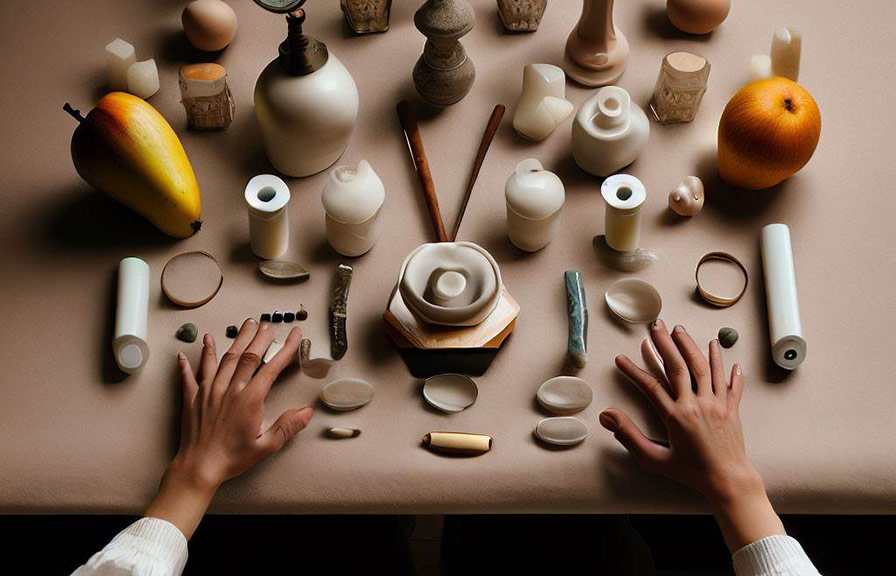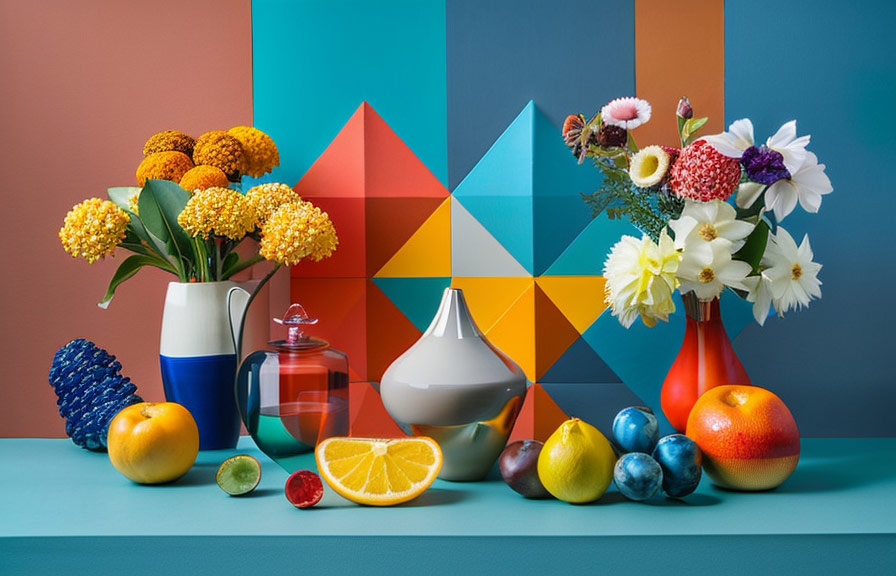Did you know that the human brain is naturally drawn to symmetry? in fact, studies have shown that symmetrical objects are perceived as more attractive and appealing than their asymmetrical counterparts. this innate preference for balance and order can be effectively applied to still life photography, where colors and symmetry play
A crucial role in creating harmony and interest.

In this post, we'll explore the fascinating world of colors and symmetry in still life photography and answer two burning questions:
1. how to create harmony and interest with colors and symmetry?
2. how to make the still life look its best with colors and symmetry?
So, let's dive in and discover the secrets to making your still life photos stand out!
The power of color harmony
Color harmony is essential for creating visually appealing still life photos. different colors can evoke various emotions and create contrasting effects that can either complement or clash with one another. to achieve color harmony, you should first understand the basic principles of color theory.
The color wheel
The color wheel is an essential tool for photographers and artists alike. it is a circular arrangement of colors based on their chromatic relationships, and it includes primary, secondary, and tertiary colors. by using the color wheel, you can easily identify which colors work well together and which ones don't.
Color schemes
Color schemes are combinations of colors that create a harmonious and aesthetically pleasing effect. there are several popular color schemes that you can apply to your still life photography:
- complementary colors are opposite each other on the color wheel. examples include red and green, blue and orange, or yellow and purple. using complementary colors can create strong contrast and visual interest.
- analogous colors are adjacent to each other on the color wheel. an example would be red, orange, and yellow. analogous colors create a sense of harmony and unity.
- triadic colors are evenly spaced around the color wheel. an example would be red, blue, and yellow. triadic colors can create a vibrant and dynamic effect.
By experimenting with different color schemes, you can find the one that best suits your desired mood and atmosphere for your still life composition.
The art of symmetry
Symmetry is not only pleasing to the eye, but it can also bring a sense of order and tranquility to a still life composition. there are several ways you can incorporate symmetry into your photography:
- symmetrical balance is achieved when equal visual weight is distributed on both sides of a central axis. this can be achieved by arranging objects of similar size, shape, or color on either side of the composition.
- asymmetrical balance is achieved by using different elements to create a sense of equilibrium, even though the composition is not symmetrical. for example, you can use a large object on one side of the scene and several smaller objects on the other side.
- radial symmetry is achieved by arranging objects around a central point, creating a circular or spiral pattern. this type of symmetry can create a strong focal point and draw the viewer's eye to the center of the composition.
Experimenting with different types of symmetry can help you find the perfect balance for your still life photos.
Tips for creating harmony and interest with colors and symmetry
Here are some practical tips on how to make your still life compositions look their best with colors and symmetry:
1. Choose a color scheme: decide on a color scheme for your composition based on the mood you want to convey. use the color wheel to help you select harmonious color combinations.
2. Pay attention to lighting: lighting plays a crucial role in enhancing colors and creating depth in your still life photos. use natural light or studio lighting to create the desired atmosphere and bring out the colors in your composition.
3. Experiment with different arrangements: try various symmetrical and asymmetrical arrangements to find the perfect balance for your composition. take multiple shots and compare them to see which one works best.
4. Add texture: incorporating texture can add visual interest to your still life composition. use materials and objects with different textures to create contrast and depth.
5.
A surprising fact about symmetry in nature
You might be amazed to learn that many living organisms exhibit symmetry in their bodies and structures. for instance, the famous fibonacci sequence, a series of numbers in which each number is the sum of the two preceding ones, can be found in the arrangement of leaves on plants, the
Patterns of seeds in sunflowers, and the spirals in pinecones.
This mathematical pattern found in nature is a testament to the beauty and harmony of symmetry. by incorporating symmetry and color harmony in your still life photography, you can create striking images that captivate the viewer's attention and evoke a sense ofwonder and appreciation for the natural world.
Final thoughts
Colors and symmetry play a pivotal role in creating harmony and interest in still life photography. by understanding the principles of color theory and experimenting with different types of symmetry, you can create visually striking compositions that captivate your audience.
Remember to choose a color scheme that complements your subject matter, pay attention to lighting, experiment with different arrangements, add texture, and use leading lines to create a sense of flow and harmony in your still life photos.
By applying these techniques and embracing the innate beauty of symmetry found in nature, you'll be well on your way to mastering the art of still life photography and creating images that stand the test of time.
So, next time you're setting up a still life composition, don't forget to consider the power of colors and symmetry in creating harmony and interest. happy shooting!
